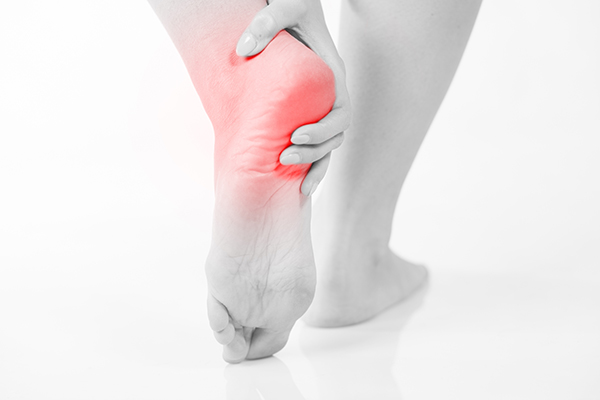Heel pain is a widespread condition that affects people of all ages and lifestyles. Whether you’re an athlete, a person who spends a lot of time standing, or someone who recently changed your footwear, heel pain can be a frustrating and painful issue that significantly affects your daily activities. In this blog post, we’ll discuss the various causes, symptoms, and treatment options for heel pain that may rank high in Google searches.
Causes of Heel Pain:
Several factors can contribute to heel pain, including:
- Plantar Fasciitis: This condition is one of the most common causes of heel pain, characterized by inflammation of the thick band of tissue that connects the heel bone to the toes (the plantar fascia).
- Achilles Tendinitis: This condition involves inflammation of the Achilles tendon, which connects the calf muscles to the heel bone.
- Heel Spurs: These are bony growths that form on the heel bone due to repetitive stress or wearing poorly fitting shoes.
- Bursitis: Inflammation of the bursa, a small fluid-filled sac that cushions the joint, can also cause heel pain.
Symptoms of Heel Pain:
The symptoms of heel pain may vary depending on the underlying cause, but common symptoms include:
- Pain in the heel, especially in the morning or after prolonged periods of standing or sitting.
- Swelling, redness, or warmth in the affected area.
- Difficulty walking or standing for extended periods.
Treatment Options for Heel Pain:
Treatment for heel pain depends on the underlying cause, but some effective options include:
- Rest and Ice: Taking a break from activity and applying ice can help reduce inflammation and pain.
- Stretching Exercises: Stretching exercises can help alleviate pain and prevent further injury.
- Orthotic Devices: Shoe inserts or other orthotic devices can provide additional support and cushioning for the affected foot.
- Medications: Over-the-counter pain relievers or anti-inflammatory drugs may be prescribed by your healthcare provider.
- Physical Therapy: A physical therapist may be able to help improve mobility and strength in the affected foot. **Book here: https://yourfootandankleclinic.com.au/book-an-appointment-today/
Conclusion:
Heel pain is a common problem that can be treated with appropriate care and attention. It’s important to consult with a healthcare provider to identify the underlying cause of your heel pain and receive proper treatment. With the right treatment plan, you can alleviate your discomfort and get back to your daily activities without pain or limitation.
Visit our Facebook page to learn more https://www.facebook.com/yourfootandankleclinic






